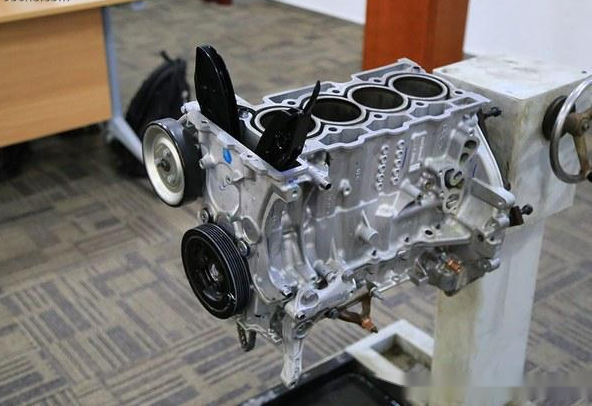What is the crankcase? Introduction to the crankcase
2021-01-18
The lower part of the cylinder block where the crankshaft is installed is called the crankcase. The crankcase is divided into an upper crankcase and a lower crankcase. The upper crankcase and the cylinder block are cast as one body. The lower crankcase is used to store lubricating oil and close the upper crankcase, so it is also called the oil pan. The oil pan has very little force and is generally stamped from thin steel plates. Its shape depends on the overall layout of the engine and the oil capacity. An oil stabilizing baffle is installed in the oil pan to prevent excessive fluctuations in the oil level when the car moves. The bottom of the oil pan is also equipped with an oil drain plug, usually a permanent magnet is installed on the oil drain plug to absorb metal chips in the lubricating oil and reduce engine wear. A gasket is installed between the joint surfaces of the upper and lower crankcases to prevent oil leakage.

The crankcase is the most important part of the engine. It bears the force transmitted from the connecting rod and converts it into torque to output through the crankshaft and drive other accessories on the engine to work. The crankshaft is subjected to the combined action of the centrifugal force of the rotating mass, the periodic gas inertial force and the reciprocating inertial force, so that the curved bearing is subjected to bending and torsion loads. Therefore, the crankshaft is required to have sufficient strength and rigidity, and the surface of the journal should be wear-resistant, work uniformly, and have good balance.
The crankcase will wear out the contact surface between the big end of the connecting rod and the journal due to the unclean oil and uneven force of the journal. If the oil contains large and hard impurities, there is also the risk of scratching the journal surface. If the wear is severe, it is likely to affect the stroke length of the piston up and down, reduce the combustion efficiency, and naturally reduce the power output. In addition, the crankshaft may also cause burns on the journal surface due to insufficient lubrication or too thin oil, which may affect the reciprocating movement of the piston in severe cases. Therefore, lubricating oil of suitable viscosity must be used and the cleanliness of the oil must be ensured.